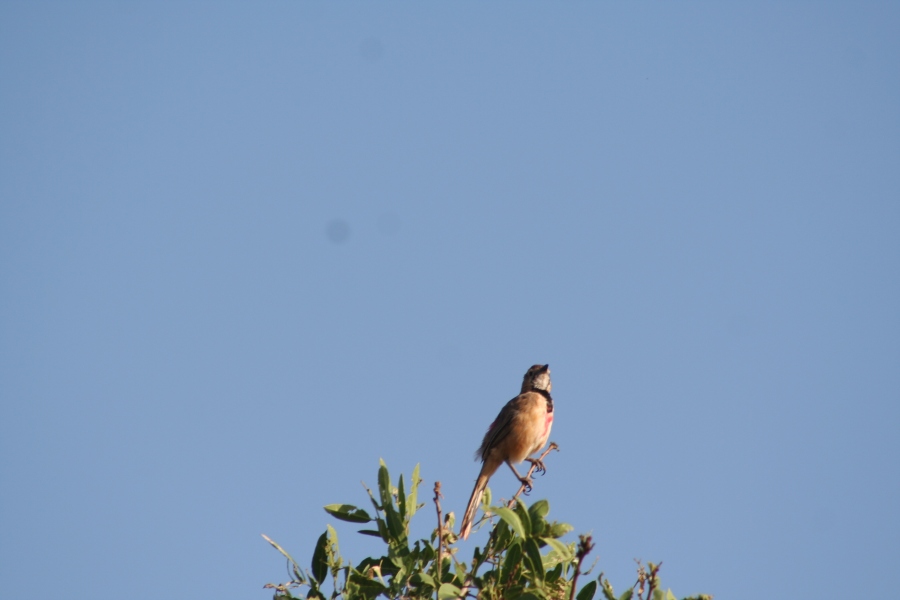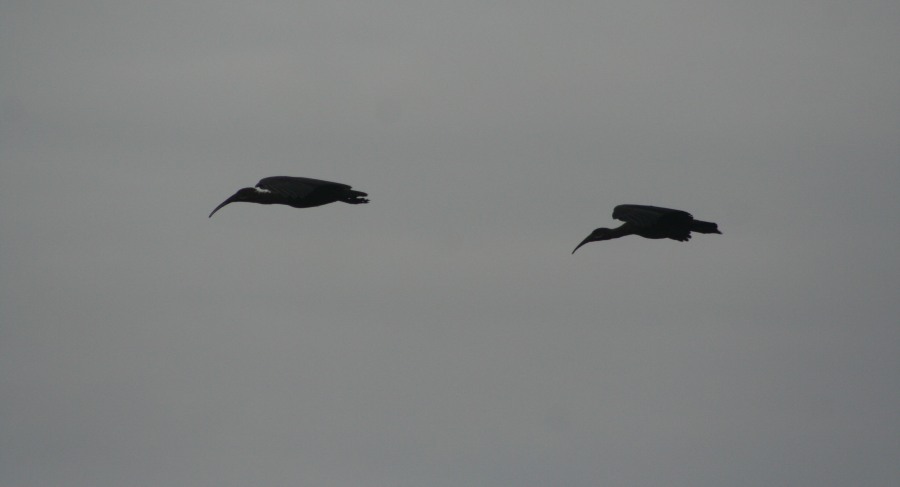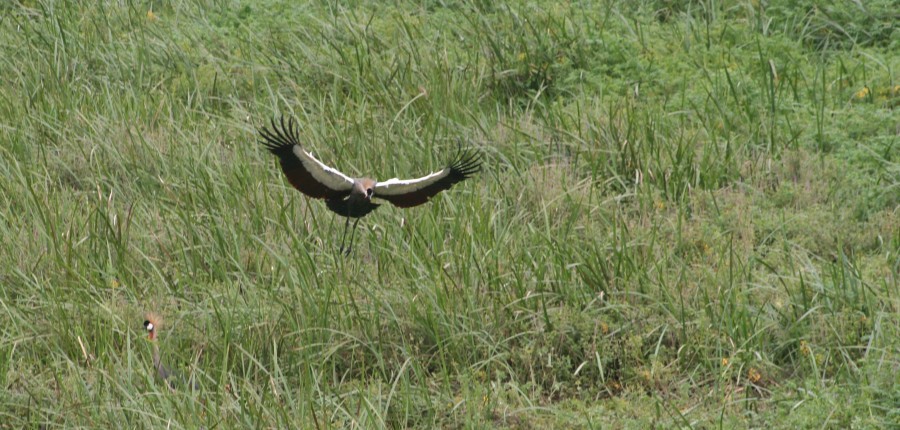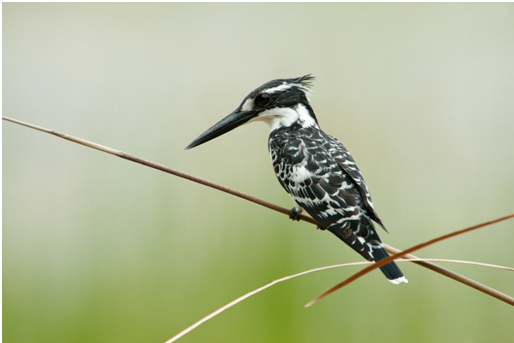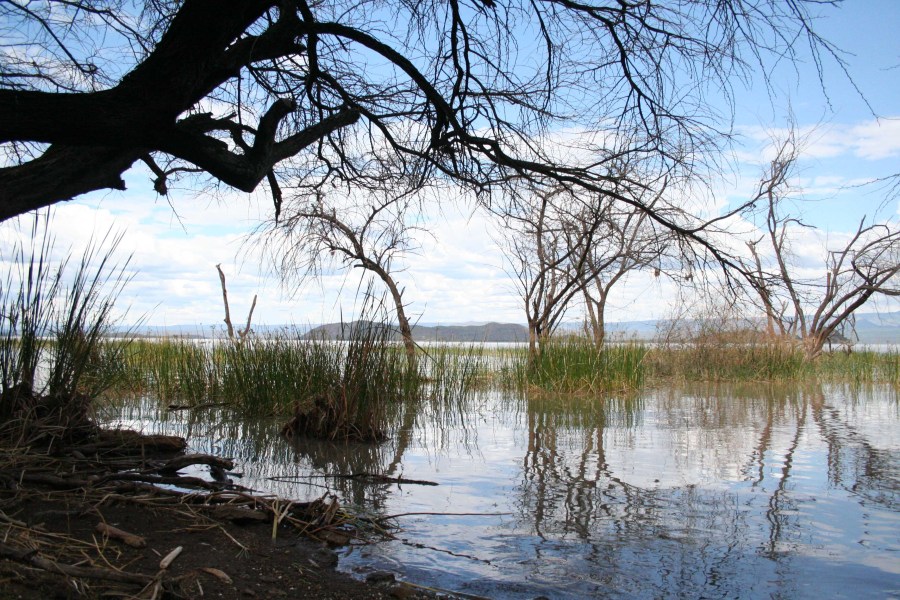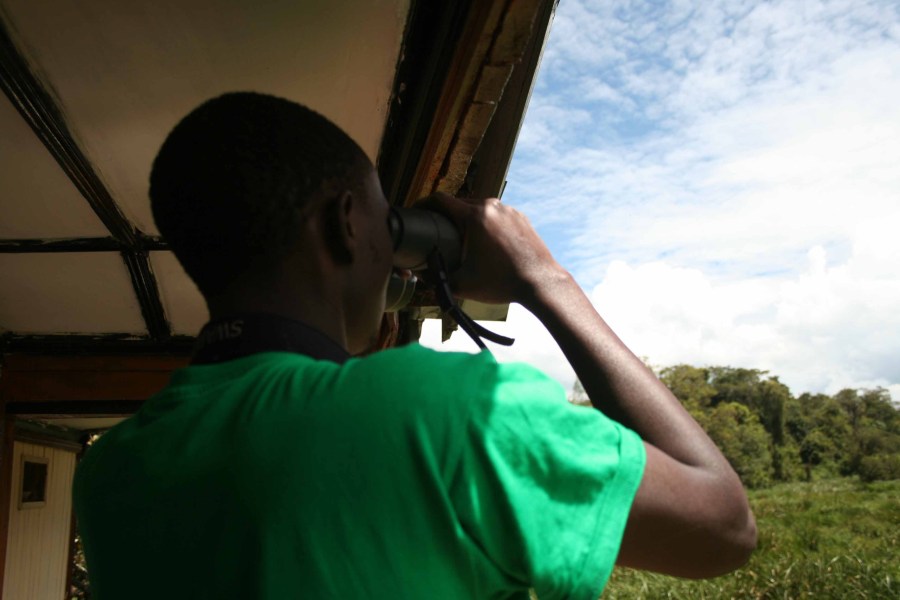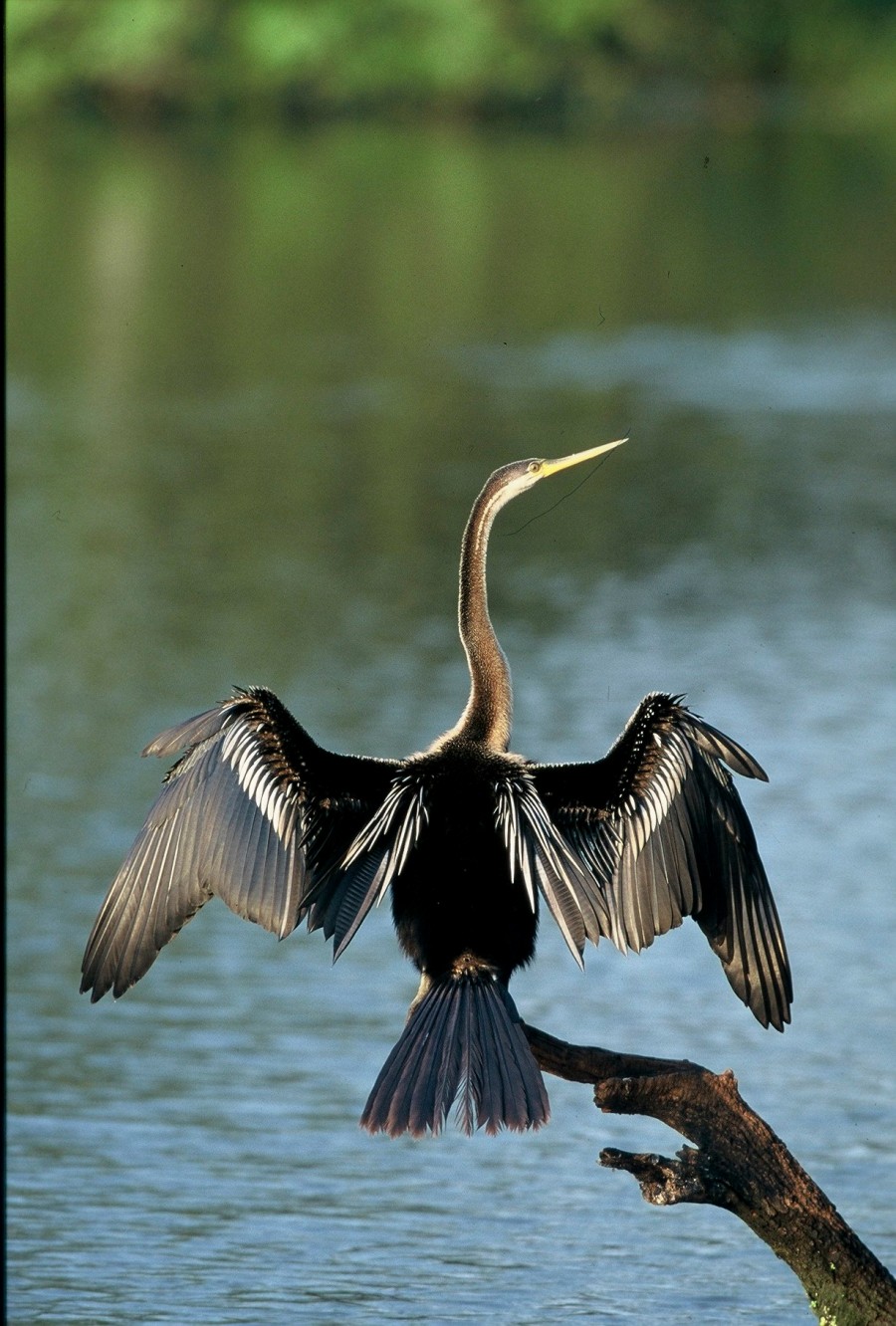
Photo@Tony Crocetta
In Kenya, African Darter is the most commonly seen aquatic bird in Kenya wetland after Long-tailed Cormorant. It frequents fresh and brackish waters, fringed with vegetation, especially near fresh water lakes in Kenya Rift Valley lakes. This species is often seen perched on bare branches or stumps above the water. If alarmed, it drops vertically into the water. It needs to dry its plumage after fishing with wings outstretched.
African Darter dives for long periods, to search for aquatic preys. It swims with the body under water, allowing ambushing prey items. It propels itself with its webbed feet. It spears the fish in flank, and brings it to the surface, where it tosses it into the air, catches it with the bill and swallows it head first.
Anhinga Darter nests and roosts with other species, such as Egrets, Herons and Cormorants.
African Darter male has crown and back of the neck black and chestnut. Rest of the neck is chestnut, with conspicuous white stripe from the sides of the face to mid-neck. Its plumage is glossy black, streaked with white and silver on wings and mantle, and prominently on elongated black scapulars’ feathers. It has long black tail, held fanned when resting. Legs and webbed feet are brown. Female and immature are paler than male, mostly buffy-brown. Female has brown crown and upper neck. She has less distinct white stripe on the neck sides. Chicks are covered with white down. Darters are sometimes referred to as “snake bird”, because it swims very low, with only head and neck above the water.
In Kenya it is commonly seen in Lake Baringo.


